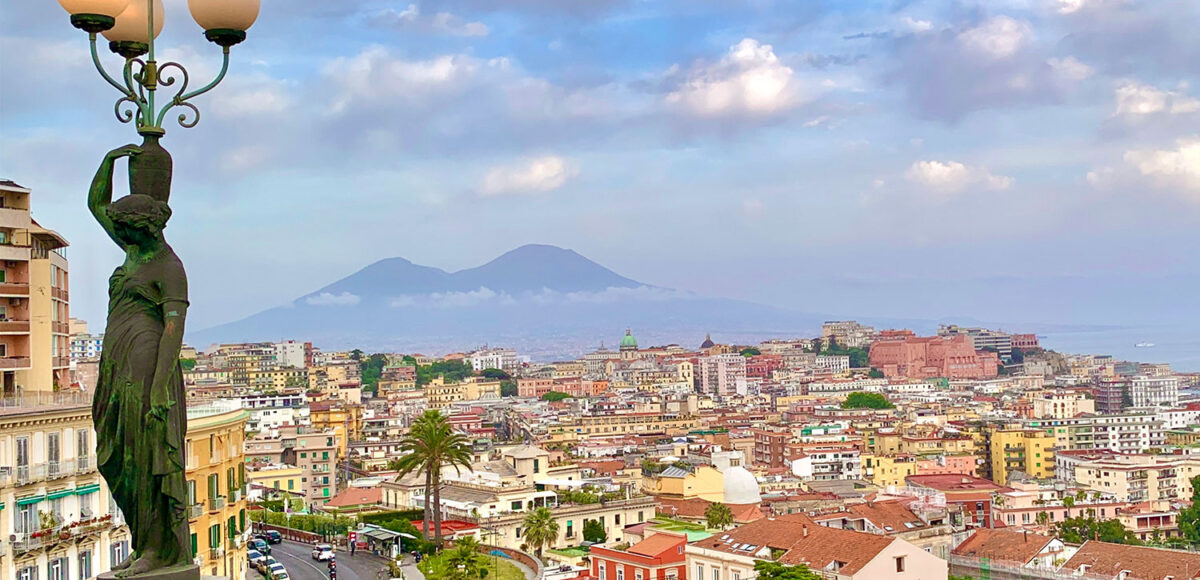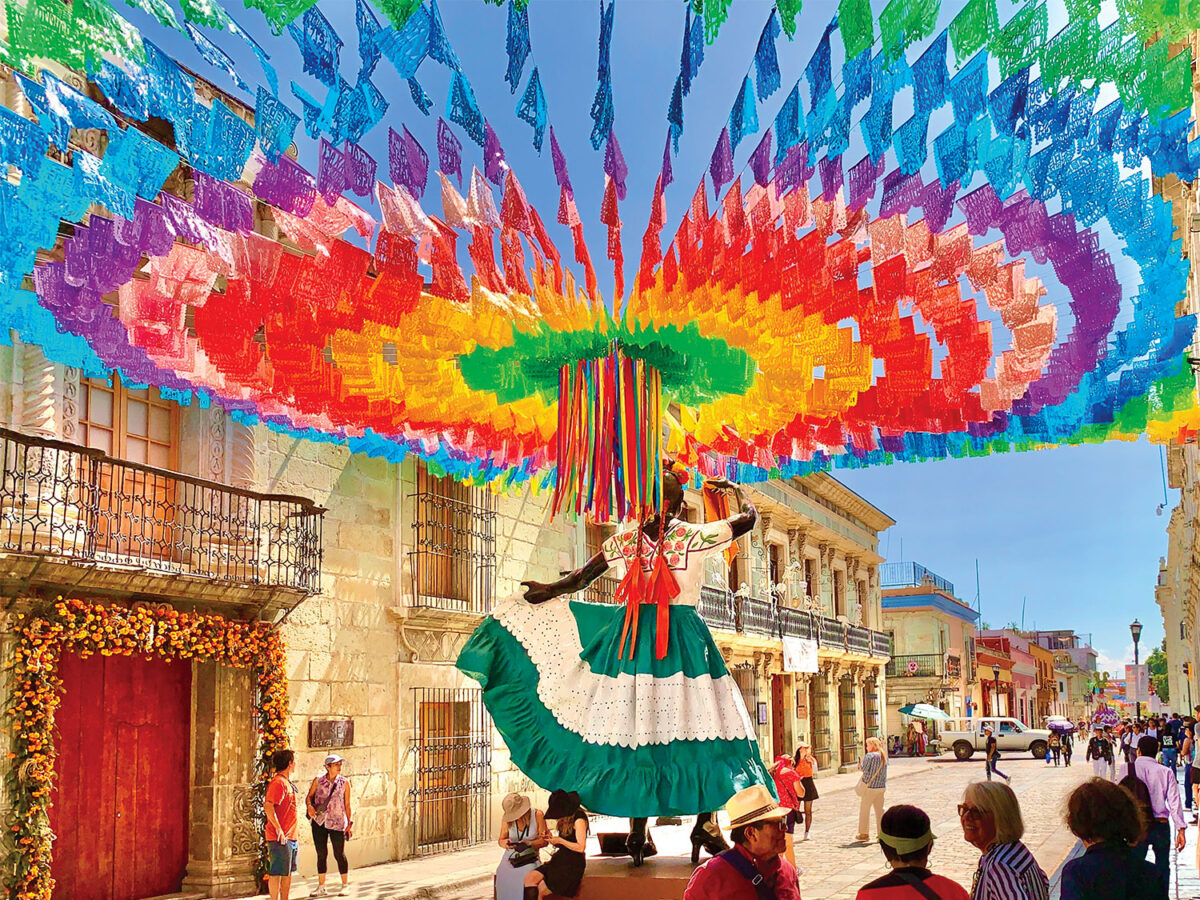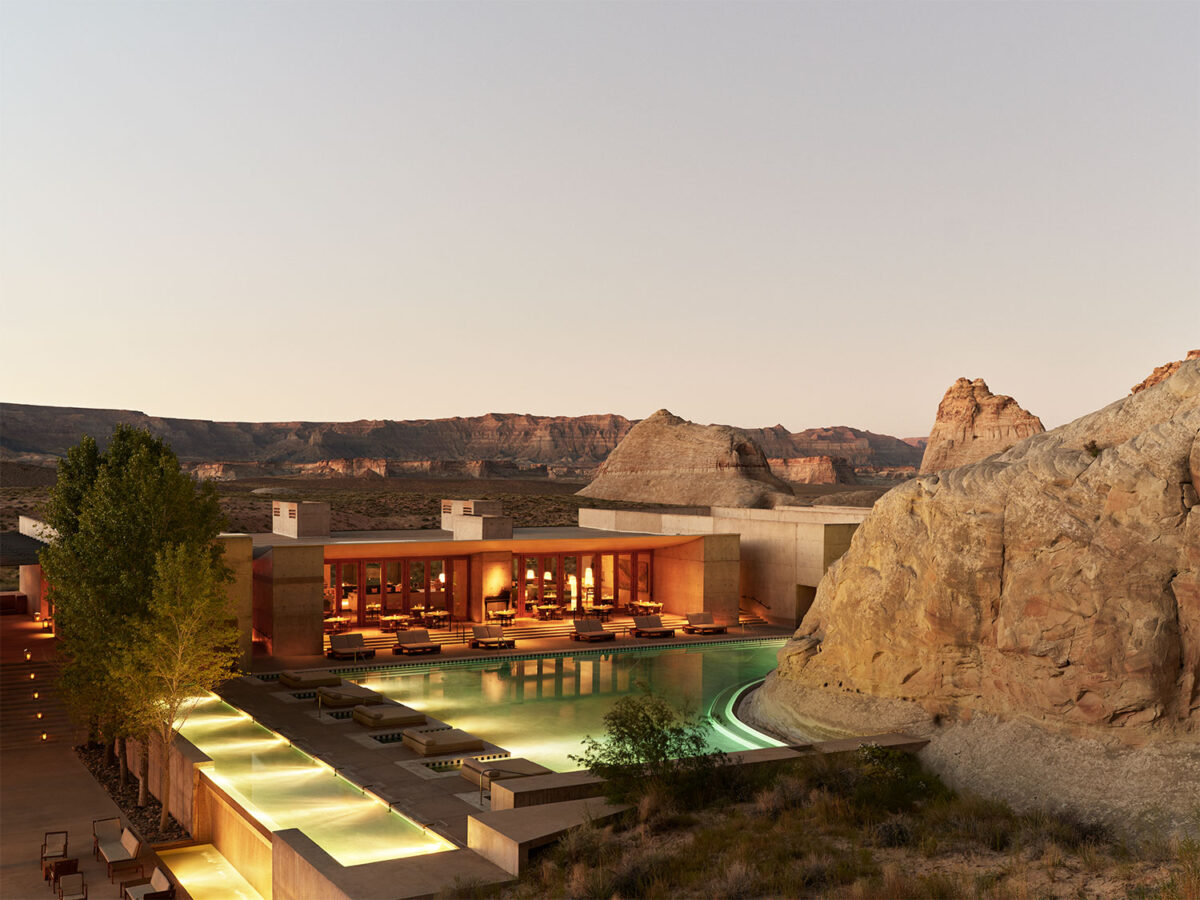Italy! It’s the gondolas of Venice, the Uffizi of Florence, La Scala of Milan and the Vatican in Rome; but Naples is a country unto itself.
Like most of the coast, Naples, the most densely populated city in Italy, is built into the hills. It is the center of the city, starting with coffee and a pastry at the historic Cafe Gambrinus that pulls you magnetically toward the harbor, passing the historic Teatro di San Carlo, the oldest continuously active opera house in Italy. Older than La Scala, it was constructed in the 18th century when Neapolitan opera ruled the world. The path, along the Via Vittorio Emanuele II (he was the first king of an independent Italy, so he’s enthroned in every city and town) continues toward the Castel Nuovo, a beautifully preserved medieval castle and art gallery, leading to the port. One of the largest in Italy, it is from here that you can take a ferry to Sicily, Sardinia, Capri, Sorrento and Amalfi. It is also a dock for the mega cruise ships, the floating Las Vegas hotels, like the Royal Caribbean Symphony of the Seas (5,448 guests).

Photos by Larry Swanson
On our way past these monuments, our fabulous guide, Fiorella, led us through small alleys, pointed out the colorful hilly Spanish Quarter and the 19th century Galleria Umberto, boasting an enormous domed glass ceiling that looks as though it was built yesterday but is only a few years younger than the Galleria in Milan. Explaining the working class history of Naples, she led us down the Via Santa Lucia, a veritable study in the socioeconomics of the city because one side of the street is decidedly upper class with its expensive restaurants and luxury apartments and the other side is straight out of Elena Ferrante’s “My Brilliant Friend” with crumbling tenements, laundry flying from all the windows (although to be fair, you will find drying laundry throughout the city), and dangerous alleyways. But more than anything, Naples is the gateway to Mount Vesuvius and the ruins of Pompeii. And the first stop, in order to understand that ancient site must be the National Archeology Museum.
Housing most of the original treasure found during the excavation of Pompeii, an ongoing process, the frescoes, statuary, glass works and especially the mosaics give you a first glimpse at the wonders that were part of Pompeii. The artifacts found in the museum, including the haunting mold of a prostate woman agonizingly reaching for escape from the ash and heat, were removed from Pompeii for restoration and better preservation. The recreation of the Villa of the Papyri gives an overview of patrician life in what was the playground of rich Romans seeking shelter from the politics of the big city. Philosopher and naturalist Pliny the Elder, admiral of the Navy, was stationed on a ship outside the area. He directed his ship to approach the shore so he could rescue a friend. Instead Pliny the Elder died on the beach, found by others in the following days. His nephew, Pliny the Younger, living close enough to Pompeii to observe but far enough to remain safe, wrote about the early stages of the eruption and its aftermath. His are the best remaining records of what happened. Two of his original letters to Tacitus, the Roman historian, are housed here. But nothing quite replaces the wave of awe that overtakes you as you enter the gates to Pompeii itself.

Pompeii, a mere 30-45 minutes outside Naples, was built over a Greek settlement and many of those artistic and architectural influences remained. In the shadow of Vesuvius, its previous eruptions were ancient history to Pompeiians of the day. Despite the earthquakes that plagued the area, it was Pompeii’s location on the sea south of Naples that made it particularly appealing to wealthy Romans who built enormous villas, farmed the rich land and set up an extensive commercial district. When entering the main gate, it is important to remember that everything you will see was buried, at least partially, in ash and lava by Vesuvius in 79 AD. Many of the treasures were pillaged by thieves and survivors shortly after the eruption, but it was not until 1592 that the first walls were uncovered. True scientific excavations didn’t begin until almost 200 years later.
Passing by a Necropolis with its cedar trees and stone markers, one comes upon the amphitheater, built to hold 20,000 with a series of special entrances designated for the upper class, the working class, women and slaves. Here, gladiatorial contests were held; cages for humans were separated from those of their animal adversaries. The acoustics are good enough that concerts, including one by Elton John, have been held there in recent years.
The grounds of Pompeii are enormous and it is impossible to cover everything, so a good guide is imperative. A highlight for us was the avenue of shops. There were restaurant counters with holes for soup tureens, the equivalent of Pompeian fast food. A bakery with its ovens was recently discovered. Along a different corridor there is a laundry with massive tubs where clothing and household goods were bleached and beaten by servants and slaves. Utilizing natural hot springs, there were spas and baths for all levels of society. Like Amsterdam, Pompeii had its red light district where brothels were designated by on-the-nose signage. Sculptures and pictures engraved on the stone roads and stucco buildings were of male appendages used as direction pointers and door knockers.

Behind such earthly businesses were the homes of the well-to-do with their lawns and Greek statuary. The truly wealthy and powerful had their mansions even farther beyond the commercial district; mansions with myriad rooms, baths, fountains, vast lawns and the remains of frescoes on the walls and mosaics on the floor. Continuing our path from the shops and lesser mansions, we arrived at the Grand and Piccolo Theaters, built like Greek theatrons with steep rakes, grass floors and perfect acoustics. And all this was building up to the finale—the Civic Forum, the heart of daily life with its public buildings of administration and justice, markets delineated by the troughs dug into the road to drain water and waste, fountains and massive columns leading to the Temple of Jupiter with its statues on the hill overlooking the surrounding valley, a magnificent sight that is the culmination of any visit to Pompeii. A two-and-a-half-hour walk in the open air is sufficient for a taste that was ancient Rome before a volcano leveled an unprepared populace.
There is still so much of Pompeii to be discovered and you can learn more by watching the excellent new documentary series on PBS called “Pompeii: the New Dig.” You will get an up close and personal view of the extraordinary newly found and still colorful frescoes, including one that depicts what may have been an early ancestor to the revered Neapolitan pizza!
Naples should definitely be on your bucket list, not just for its ancient history and unique architecture, but also from a culinary point of view. You’ve never tasted pizza until you’ve been to one of the much-lauded restaurants. L’antica Pizzeria da Michele, with its hours’ long lines, is Michelin starred!
“See Naples and die” says the old Italian proverb. Instead, I’d prefer to just go again.







